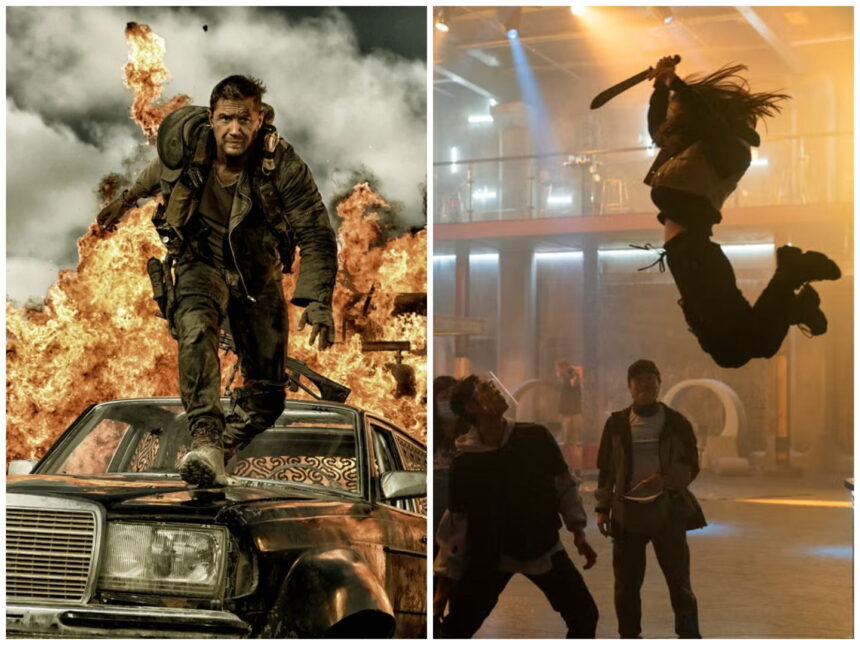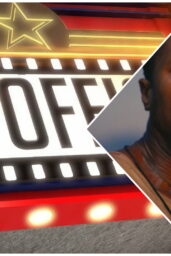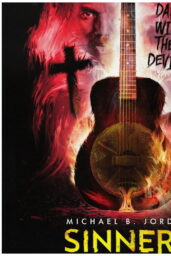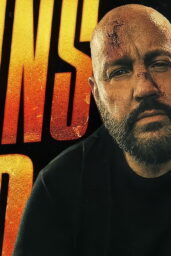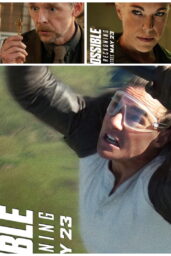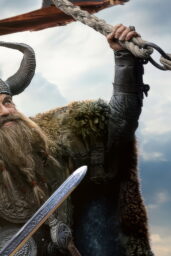Nothing prepared me for the whiplash when the Academy announced a new “Best Achievement in Stunt Design” category for the 2028 Oscars—and the celebration that followed. Finally, the artists who crash cars, hurl themselves off rooftops, and make explosions look effortless would get their moment.
But then came Tom Hardy, Venom-snarling and all, to throw a wrench into the Hollywood self-congratulation machine. His take? A polite golf clap followed by a heavy sigh: This is good—but it's still crumbs.
“You need two or three categories, actually,” Hardy said in a recent chat with ExtraTV. “It's a good start. Brilliant, and about time. Now, the rest—the other two or three categories…”
Translation? One little trophy won't cover the sprawling, dangerous, brutally creative world of stunt work.
And Hardy would know. From the dust-choked chaos of Mad Max: Fury Road to the bone-snapping brawls of Havoc, he's been front row to the blood, sweat, and occasionally shattered teeth of stunt performers. If actors are the face of a movie, stunt teams are the beating, bruised heart.
The Oscars' Long Snub of Stunt Work
Stunts have been Hollywood's dirty little secret for almost a century. As early as the 1920s, daredevils like Yakima Canutt were risking their lives—only to be shoved into the shadows when the credits rolled.
In the decades since, multiple campaigns—like those led by stunt coordinator Jack Gill (Fast & Furious franchise)—have pushed for Oscars recognition. Every time, the Academy shrugged. Too niche. Too hard to judge. Too risky to the myth of the actor-as-superhero.
Meanwhile, box offices ballooned thanks to spectacles like Mission: Impossible and John Wick—franchises that owe their billion-dollar earnings to stunts more than soliloquies.
Adding a single Stunt Design award feels a bit like finally giving a lifeguard a whistle—after decades of pretending the pool wasn't drowning people.
Why Hardy's Right: We Need More Than Just “Design”
Hardy's argument cuts deeper than polite applause. “Design” is a broad, catch-all term. It ropes in choreography, safety engineering, rigging, precision driving, wire work, and much more. By lumping it all together, the Academy risks flattening a rich, multi-layered art into a single, sanitized trophy.
Imagine if acting had only one award—no splits between Best Actor, Best Actress, Supporting, Comedy, Drama. The uproar would break the Dolby Theatre's velvet ropes.
Hardy's call for “two or three” stunt categories isn't just actor diva talk. It's a recognition of the specialized, backbreaking work that goes into making Spider-Man swing or Batman take a punch.
Potential categories could include:
— Best Stunt Coordination (team leadership)
— Best Stunt Performance (individual performer)
— Best Stunt Sequence (specific scene excellence)
In fact, the Taurus World Stunt Awards—Hollywood's underground Oscars for stunt performers—have been honoring categories like these for years. And guess what? It works.
The Stakes: More Than Just a Trophy
At its core, this fight isn't about hardware. It's about visibility, respect—and safety. Without recognition, stunt performers lack negotiating power. They can be seriously injured (or worse) without industry-wide protections. Recognition opens doors to better pay, safer working conditions, and, yes, a little damn gratitude.
In a world where even Best Popular Film was floated (and mercifully dropped) as a category, it's frankly absurd it took 100 years to honor the people who make audiences gasp, flinch, and sometimes—just sometimes—believe a man can fly.
Hollywood loves a sequel. If the Academy's smart, they'll take Hardy's advice—and greenlight the next chapter. Otherwise, the Oscars risk being remembered not as a celebration of artistry, but as a museum for yesterday's ideas.
Would you risk your spine for a line in the credits? Comment below.

